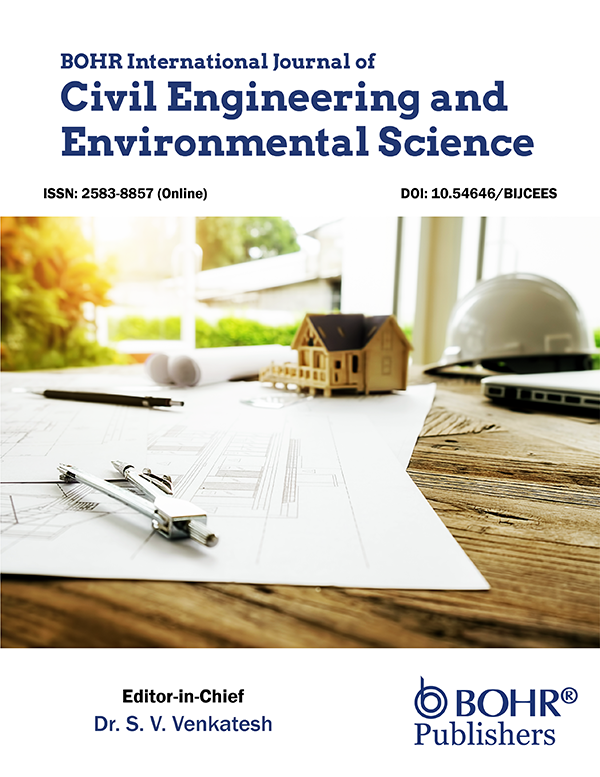Analysis of the building envelope materials, climate, and earthquake zones in energy-efficient building designs
Main Article Content
Abstract
Energy-saving has become one of the basic strategies for developing countries like Turkey that need energy imports. One of these strategies is energy-efficient building designs. The energy-efficient building envelope, which is one of the most important components of energy-efficient building designs, is of great importance in terms of insulation, indoor comfort, and environmental effects. In addition, the climatic and seismic characteristics of the regions where the buildings will be built are a matter of curiosity for building designers. It is an important problem to determine the effect of climate and earthquake zones on the building envelope. In this study, the effects of climate and earthquake zones on the costs of the building life cycle, together with the building envelope properties, are investigated. Life-cycle cost assessment (LCA) analysis is applied by considering the parameters of building envelope material cost, heating energy consumption cost, cooling energy consumption cost, CO2 emission cost, embodied carbon cost, and earthquake-based repair cost. A total of fourteen different decision variables are taken into account, including exterior plaster, wall, and roof insulation material, wall, interior plaster, the thickness of these materials, window type, and window/wall ratio. Significance levels of decision variables for heating energy consumption, cooling energy consumption, and CO2 emission are calculated. It is determined that five decision variables for heating energy consumption, four for cooling energy consumption, and seven for CO2 emission are more important. It is an interesting pattern that earthquake zones have 28, 46, and 13% importance for heating energy consumption, cooling energy consumption, and CO2 emission. It has been observed that the EnergyPlus based ANN approach proposed for LCA analysis provides over 95% accuracy on the sample data set.
